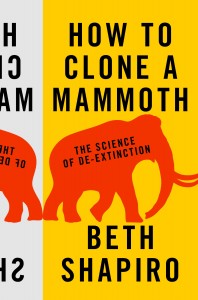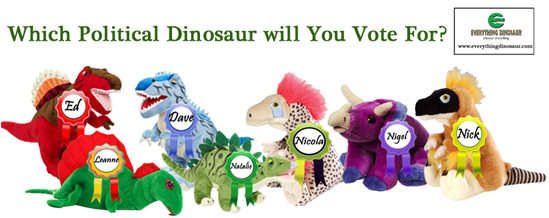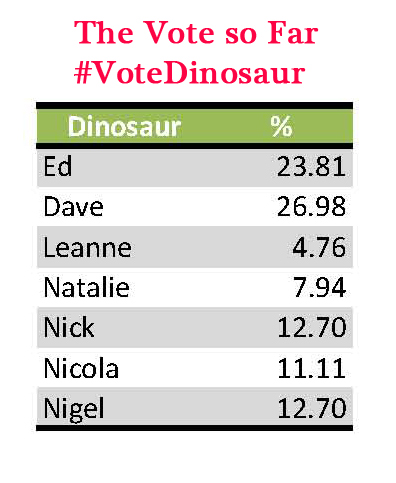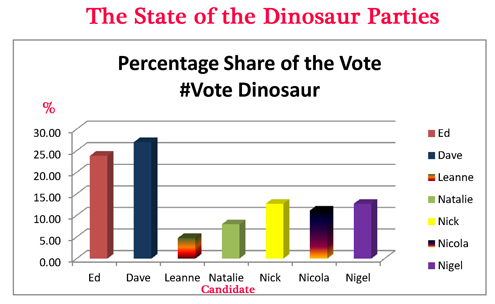“How to Clone a Mammoth” – Key Stage 3/4
Helpful Book on Genetic Engineering for Teachers
With the changes being rolled out in the new curriculum for England, many teachers have contacted Everything Dinosaur for help and advice when it comes to teaching students about natural selection, the work of Darwin, and genetics. Cell biology, inheritance and an understanding of genetics are key components of both Key Stage 3 and 4 in the science component of the new curriculum. A new book written by Associate Professor Beth Shapiro (University of California, Santa Cruz), helps to set out the current state of play in terms of genetic engineering to bring back characteristics of long dead animals including the Woolly Mammoth.
Clone a Mammoth
“How to Clone a Mammoth” by Beth Shapiro
Picture credit: Princeton Press
The book explains how organisms have been manipulated for hundreds of years via selective breeding. This ties in with important elements of the biology component of both Key Stage 3 and 4. Beth Shapiro, avoids the overuse of technical language and sets out in easy to understand terms the pros and cons associated with the manipulation of genetic material. The author uses plenty of examples to illustrate her arguments. “How to Clone a Mammoth” takes a thorough and balanced approach to this subject area and examines the science behind genome sequencing and the potential consequences for “de-extinction”.
Helpful Reading for Key Stage 3/4
Commenting on the book, a spokesperson from Everything Dinosaur stated:
“At a little over 200 pages, this is essential reading for science teachers and technicians. It tackles how the genome of any genetically modified organism would interact with the environment and outlines in simple terms the role that genetic engineering could have in the conservation of endangered ecosystems.”
To read a more comprehensive review of “How to Clone a Mammoth”: How to Clone a Mammoth – Book Review.
Importantly, as well as addressing the science behind the concept of the “de-extinction ” of a species, the author addresses the wider implications too. The book educates the reader and provides valuable guidance to teachers who can use the points made to encourage a broader understanding of, not only the science, but of the ethical, social and moral consequences of this research.
Everything Dinosaur stocks a range of scale prehistoric animal models including Woolly Mammoth figures: Prehistoric Mammal Models.
Highly recommended!
For further information on “How to Clone a Mammoth” and to purchase this book: Princeton Press.






